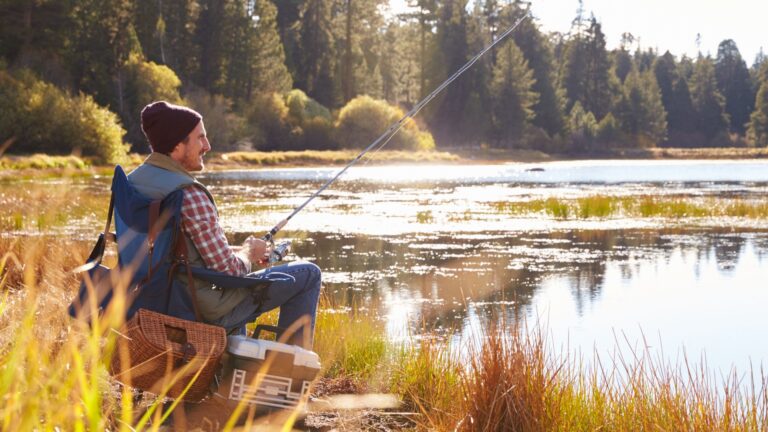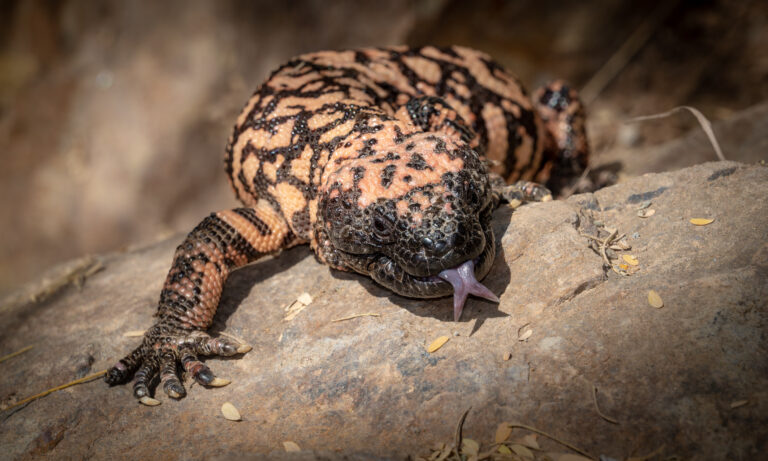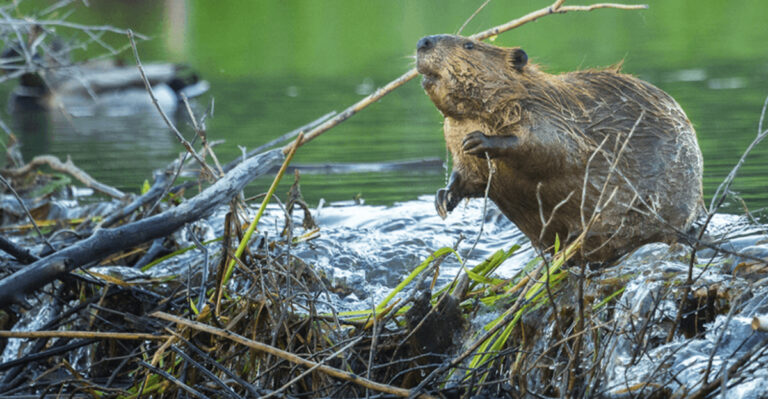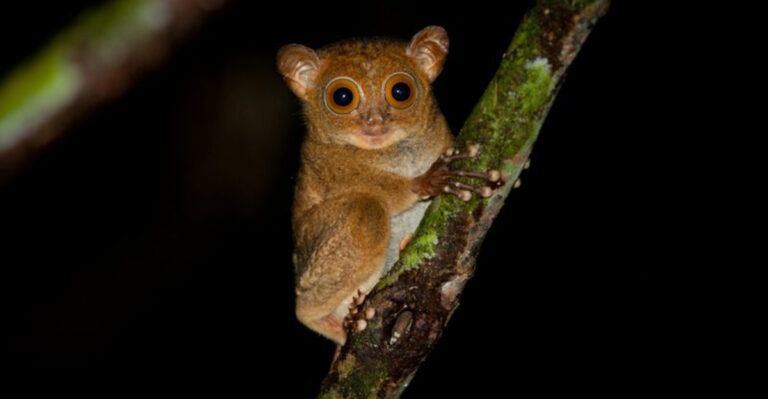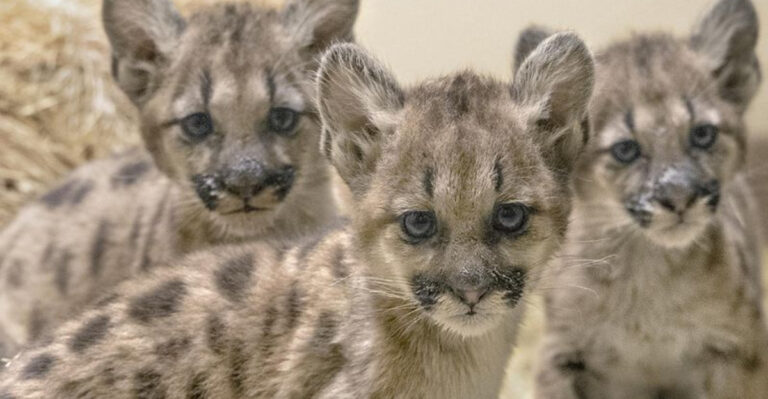Meet Florida’s Most Endearing Rodent That May Soon Disappear
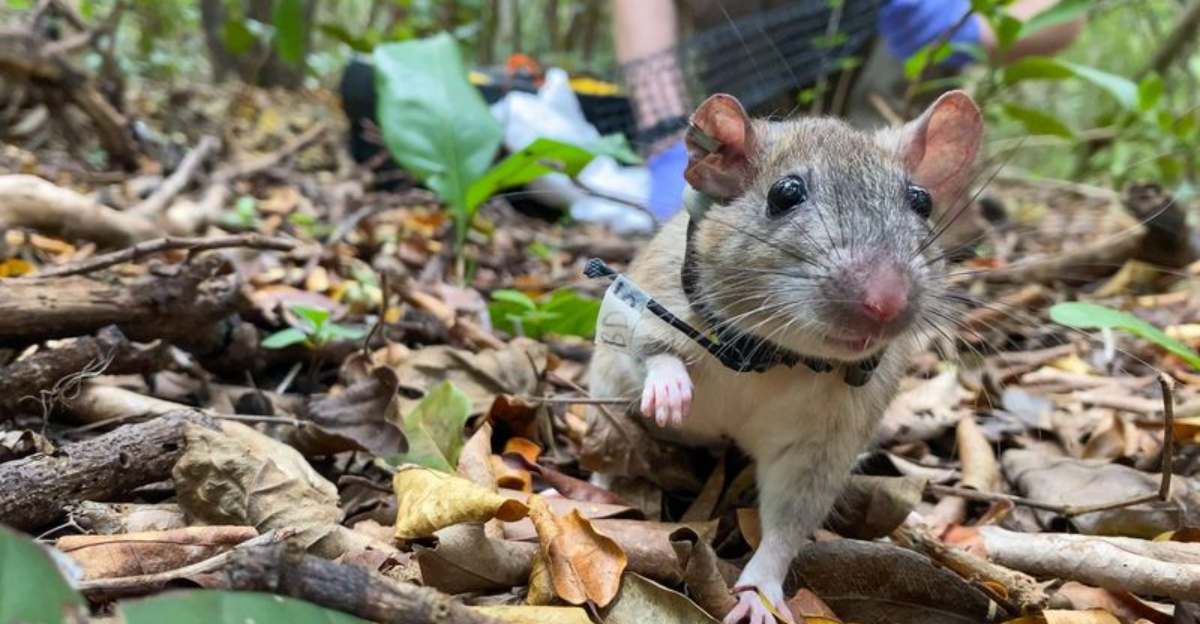
Nestled in the captivating landscapes of Florida, the Key Largo woodrat is a small yet intriguing creature. Despite its size, this rodent carries an enormous significance in the biodiversity of the region.
With an endearing appearance and quirky habits, the woodrat has captured the hearts of animal enthusiasts and conservationists alike.
Facing the threat of extinction, a dedicated group of scientists and volunteers is tirelessly working to protect this charming species.
1. The Endearing Appearance
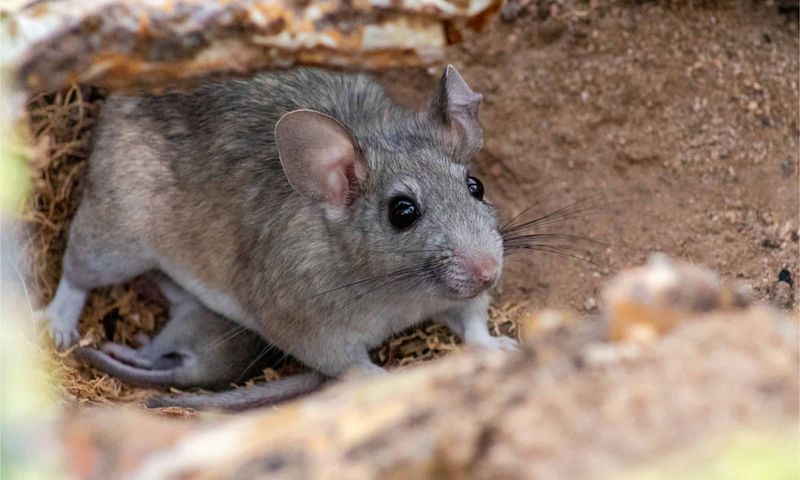
The Key Largo woodrat is not your average rodent. With its soft, plush fur and big, expressive eyes, it’s hard not to find this little creature adorable.
Its large ears and twitching nose add to its charm, making it resemble a tiny, furry storyteller from a children’s book.
These physical traits aren’t just for show; they help the woodrat navigate its environment and communicate with fellow woodrats.
In the warm, lush forests of Florida, these rodents blend seamlessly, making them a true testament to nature’s artistry.
2. A Unique Habitat
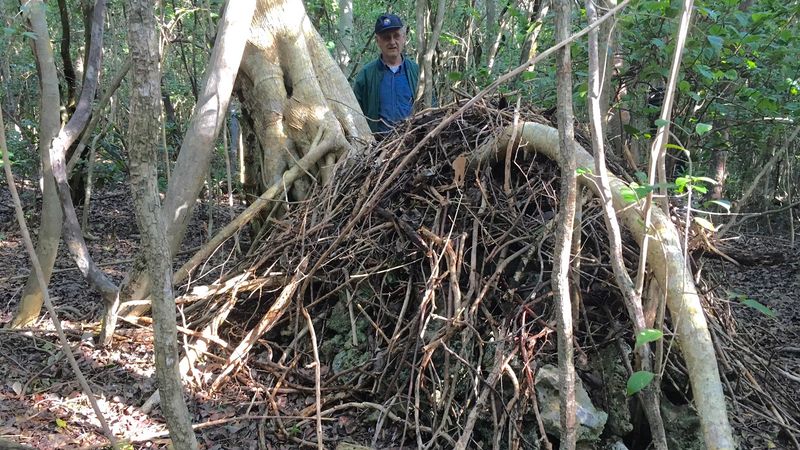
The Key Largo woodrat calls the subtropical forests of Florida home. Unlike many rodents, it builds elaborate nests from sticks and leaves, creating a cozy dwelling that’s both functional and intricate.
These nests provide shelter and a place to store food, ensuring the woodrat’s survival in the wild.
The woodrat’s ability to adapt to its habitat is crucial, especially as human activities encroach on its natural environment.
Efforts to preserve these habitats are vital as they play a significant role in maintaining the delicate balance of the ecosystem.
3. A Diet Of Variety
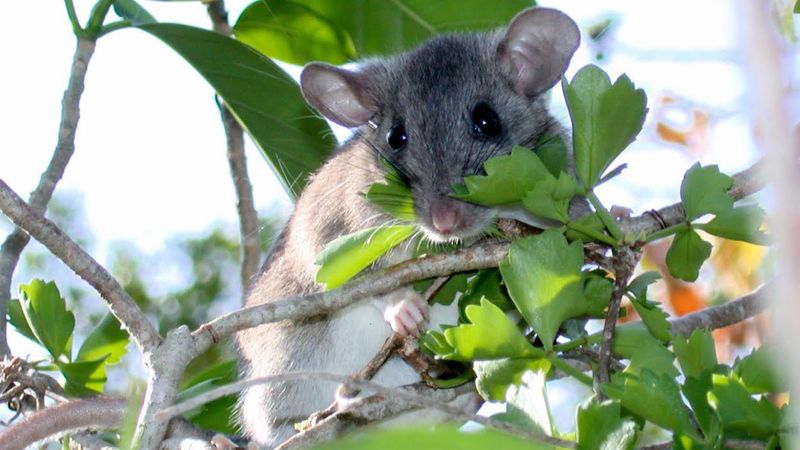
The diet of the Key Largo woodrat is as diverse as its habitat. It feeds on seeds, fruits, and leaves, taking full advantage of the rich resources Florida’s forests offer.
This diet not only sustains the woodrat’s energy needs but also helps in seed dispersal, contributing to the growth of new plants.
However, with changes in habitat, the availability of food sources can be unpredictable.
Conservation efforts focus on ensuring that these essential resources remain plentiful, allowing the woodrat to thrive and continue its role in the ecosystem.
4. Quirky Behaviors
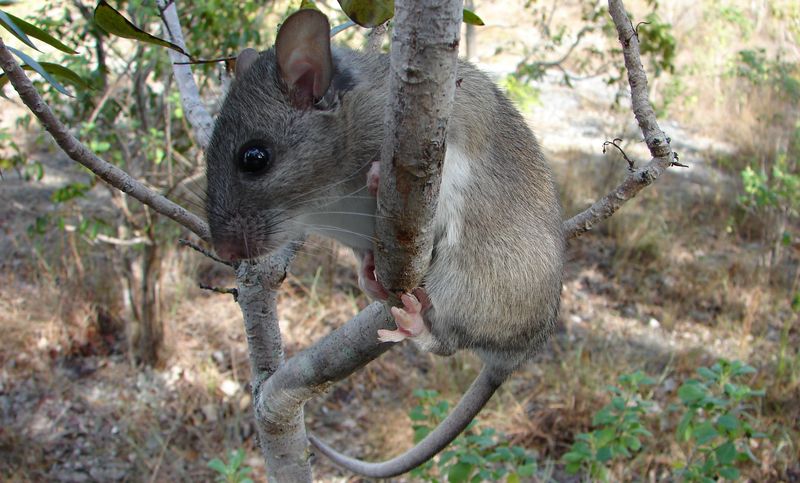
If you ever come across a Key Largo woodrat, you might notice its peculiar habit of collecting and stacking items. This behavior is not just for fun; it’s a survival strategy.
By gathering various objects, the woodrat fortifies its nest and deters predators. These quirky habits showcase the woodrat’s adaptability and intelligence.
Observing these behaviors provides insight into the rodent’s life and the unique ways it interacts with its environment, making the woodrat a fascinating subject for both researchers and animal lovers.
5. Threats From Predators
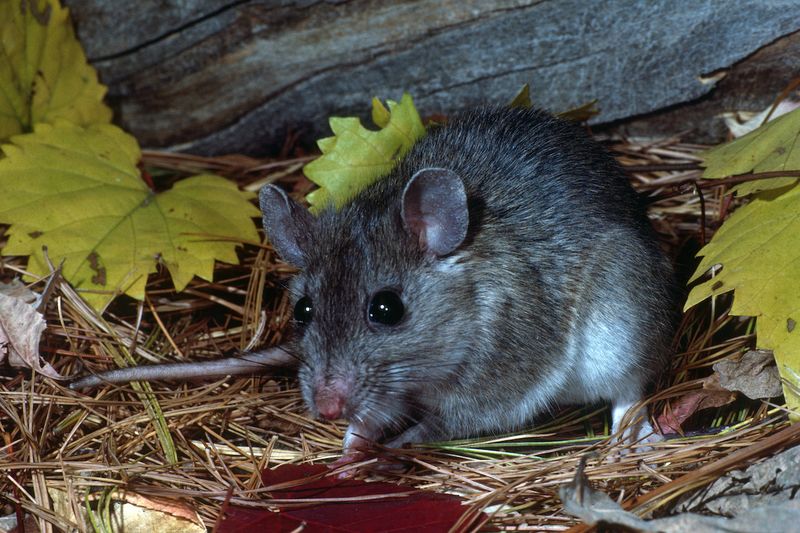
Predators pose a significant threat to the Key Largo woodrat. Birds of prey, snakes, and other carnivores see the woodrat as a tasty meal.
Despite this, the woodrat has developed keen senses to detect and escape from these dangers. Its survival tactics include building sturdy nests and staying alert to its surroundings.
The presence of predators is a natural part of the ecosystem, but when combined with habitat loss, it adds to the challenges faced by the woodrat.
Protecting these rodents involves understanding and mitigating these threats.
6. Near Extinction
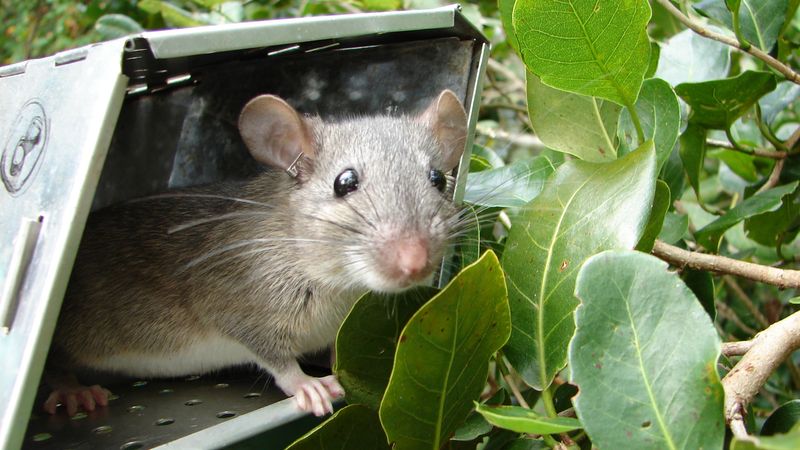
The Key Largo woodrat is teetering on the brink of extinction. Habitat loss and environmental changes have drastically reduced its population.
But hope is not lost, thanks to the passionate scientists and volunteers who are determined to save this species. These dedicated individuals spend countless hours researching, monitoring, and implementing strategies to revive the woodrat’s numbers.
Their efforts highlight the importance of preserving biodiversity and the impact a small group can have on wildlife conservation.
7. Conservation Efforts
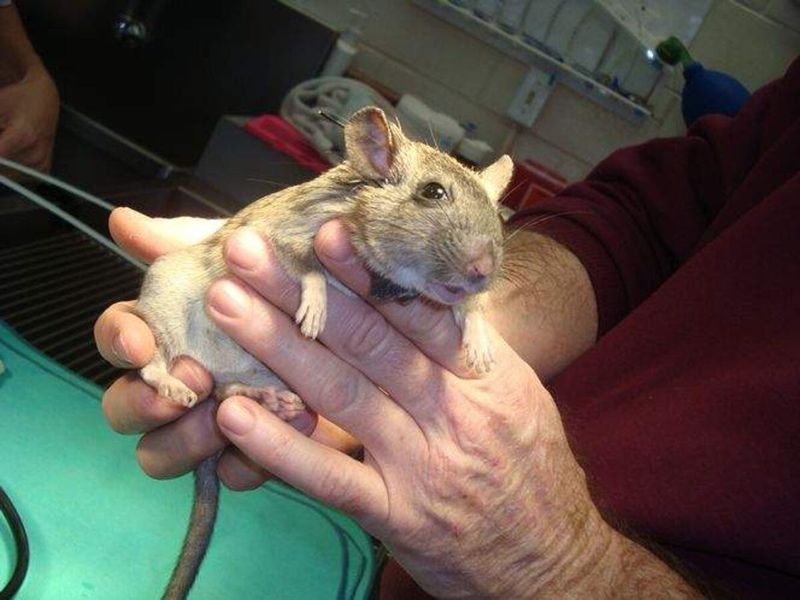
The fight to save the Key Largo woodrat is supported by dedicated conservation efforts. These include habitat restoration, breeding programs, and public awareness campaigns.
Volunteers from all walks of life come together to plant trees, monitor populations, and educate others about the importance of this species.
The collaborative spirit among scientists and the community is inspiring, highlighting the power of collective action in conservation.
Through these efforts, there is hope for the woodrat’s future, proving that teamwork can make a difference in the face of environmental challenges.
8. A Symbol Of Hope
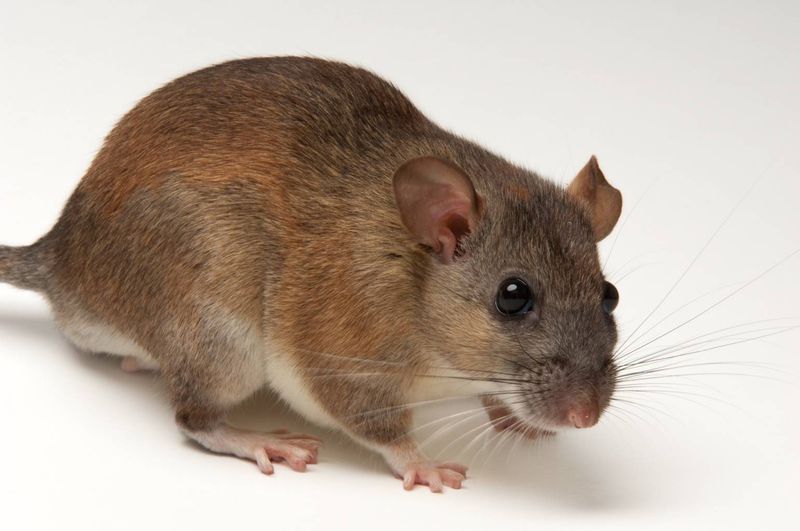
Despite the challenges it faces, the Key Largo woodrat stands as a symbol of resilience and hope in wildlife conservation. Its journey from the brink of extinction to the focus of passionate preservation efforts inspires many.
The woodrat reminds us that even the smallest creatures deserve our attention and care. Its story encourages ongoing support for conservation initiatives and highlights the impact of human action in protecting endangered species.
The Key Largo woodrat is not just a rodent; it represents the enduring spirit of nature’s wonders and the potential for positive change.

